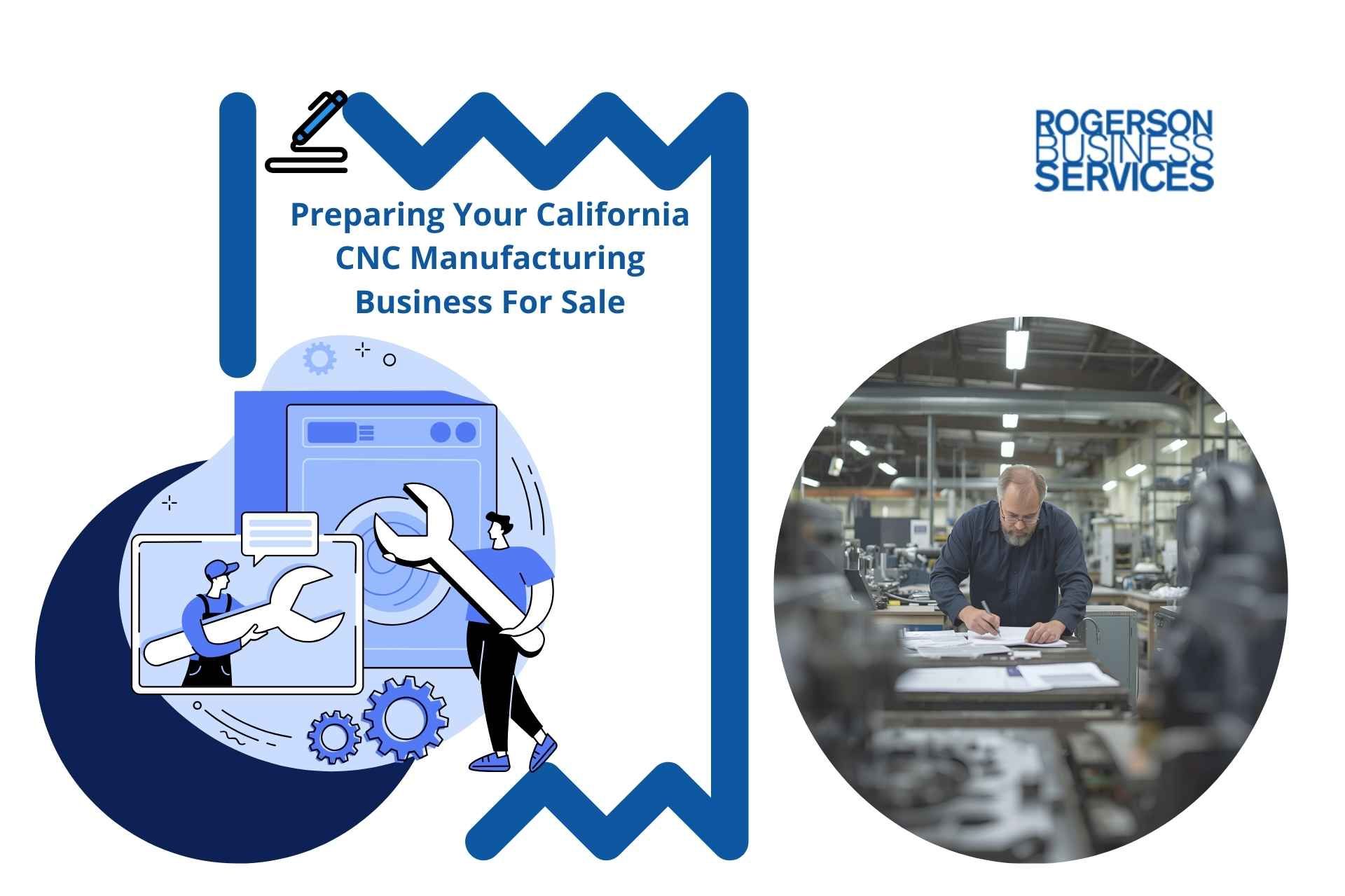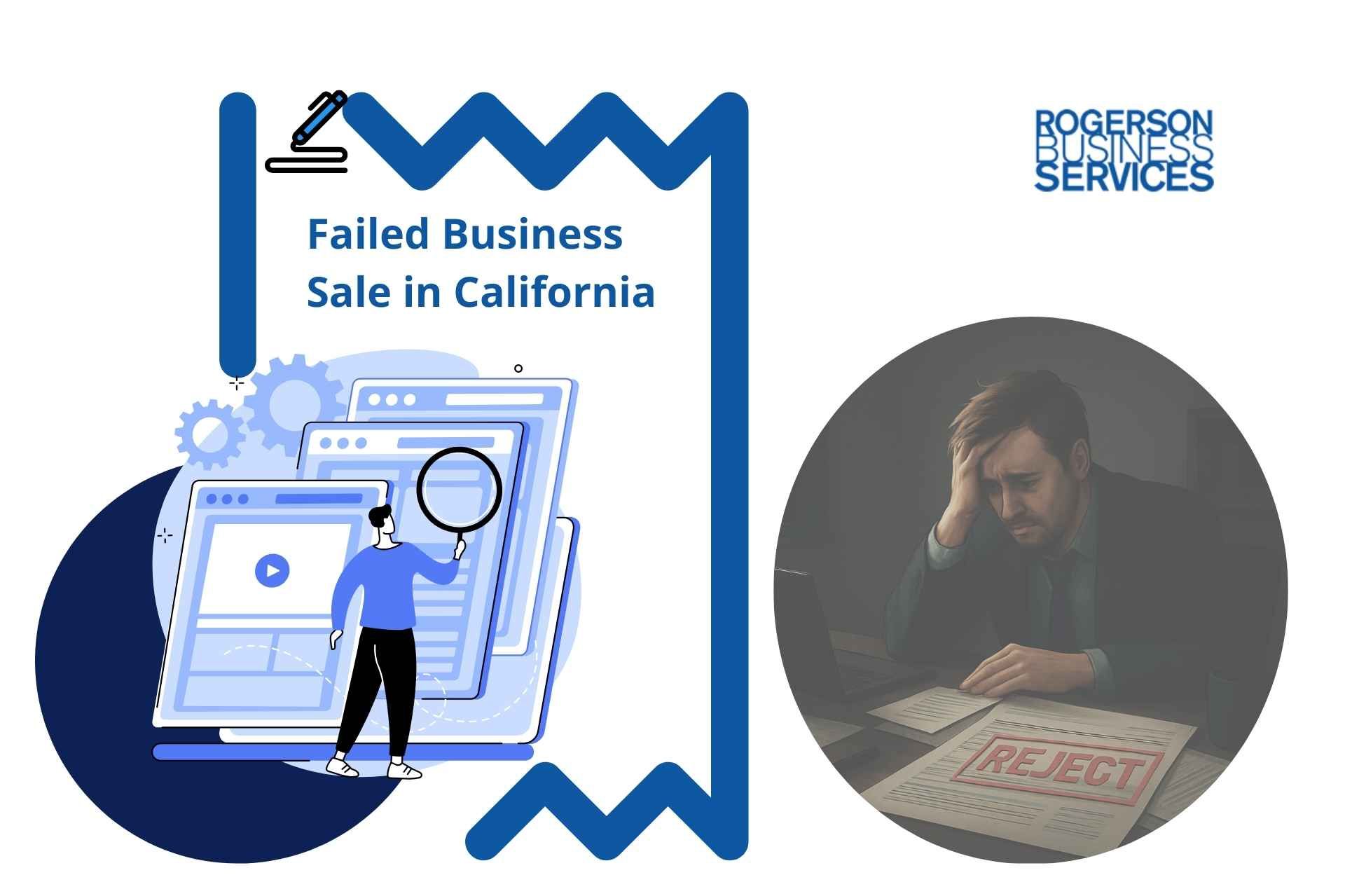Buy-Side M&A: What Business Buyers Are Looking For?
Buy-Side M&A

If there’s anything you can count on, it’s that businesses aim to expand. What should you be on the lookout for when your business is looking to merge? How do you know that you are making the right decision for your business? Whether you’re new to buy-side M&A or a veteran, here are the things you need to know before committing to an acquisition.
What is Buy-Side M&A?
We divide Mergers & Acquisitions (or M&A) for business into two sections: buy-side and sell-side. Third-party entities advise you on your transaction and provide different advice depending on what side you’re on.
Sell-side m&a advisory usually refers to entities that work with a buyer to find something to sell to them. They point buyers toward a deal, facilitate the negotiations, and build relationships between new businesses and corporations.
Buy-side m&a advisory refers to the companies and groups looking to buy other businesses. Buy-side entities work with buyers to find potential investments, increase assets, and oversee clients’ money.
The m&a buy-side process gets a bit tricky in the state of California. If your transaction involves a business based in or incorporated in California, acquisitions are more complicated, and you need to plan more. Before you sell or buy a business in the Golden State, you need to understand the process of M&A.
The Buy-Side M&A Process Timeline
Although it might not seem like it, there are a lot of factors that go into acquisitions. No matter how prepared you are to merge your business, there’s always the potential for you to run into hurdles and hiccups. You can divide the process into seven steps on the buy-side of things.
Step 1. Prepare an Acquisitions Process Strategy
What’s the purpose of M&A in your case? Do you want to increase your business’s financial performance? Grow your shares? Whatever the case, make a plan that aligns with your goals.
Step 2. Find Acquisition Candidates
Based on the criteria you established previously, you must find and approach businesses that match it. This can get tricky since most baby boomers business owners that want to sell their business won’t advertise this in an accessible way. For this step, you will have to contact a sell-side entity that knows how to identify businesses for sale that also match your criteria.
Step 3. Preliminary Reviews and Evaluations
Once you have a list of eligible businesses, you need to make sure that there aren’t any deal-breaking problems that the business will come with. You start formal negotiations by sending a Letter of Intent (LOI) to the candidates, which outlines the basic terms of the acquisition. Express how much the potential acquisition is worth, and make the candidate feel comfortable that you will finish the transaction.
After establishing good relations, the candidate should give you a comprehensive breakdown of their business and its financial stability. Keep an eye out for red flags like mistakes in financial statements, potential upcoming lawsuits, and employee or customer issues.
Step 4. Due Diligence
Due diligence refers to the part of M&A where you hunker down and analyze the information about a company before you start negotiations. You investigate any issues that need addressing before asking if you should move forward with an acquisition. How much should you pay? How do you deal with any post-acquisition accounting and legal issues? This is another area in which outside experts are necessary to have for acquisition consulting.
Step 5. Start Negotiations
Negotiations start once you deliver an LOI and continue through an agreed Purchase Agreement. A Purchase Agreement is essentially a first draft of the terms and conditions of your acquisition and gets finalized once you have finished formal due diligence. When you draft both the LOI and Purchase Agreement, you should seek the assistance of attorneys and advisors.
Step 6. Create and Secure a Financing Strategy
Before you close the deal, you need to make sure that you can finance it, whether that’s through savings, loans, investors, or seller financing. You have to send this information to the seller to prove that you have the finance necessary to complete the transaction.
Step 7. Close the Deal
Although this can be the easiest step, sometimes all of your efforts fall apart at the last minute. Once you are secure in knowing the acquisition is beneficial to your business and all parties agree to the terms of M&A, you can sign the contract and begin integrating.
Buying a Profitable Business
So what do you look for when you want to acquire another business? If you're going to sell your business, how do you make it look more appealing to buyers? Buyers ultimately want to make a profitable decision, so here are some signs of a good deal.
The Business isn’t in Danger of Collapse
Even the most successful businesses can fail. If a business is in a downward spiral, buyers will be reluctant to make an offer. If a business is booming, buyers will be eager to purchase. Buyers want to see that a business is growing and that its customers are willing to pay top dollar for its services.
The Business Doesn’t Rely on its Owner
Is the business entirely dependent on its owner? If the business centers on the founder, this can lead to issues when management inevitably has to change.
The Size/Scale of the Business
In general, large companies are easier to sell. If you have a small business or are in the market for a small business, you will have to focus more on the profitability of a business before buying.
Buyers of Businesses
When you’re selling your business, you need to know who you’re selling to. You can be approached by M&A organizations, an individual, or a team of buyers, and you want to know what their priorities are when they make you an offer.
A strategic buyer is most likely another company looking to grow through your agreement. Private equity firms are more likely to keep your company’s owner on to grow your operations. Family offices are looking to invest money and are rarer to come across than other buyers because of it. A holding company just looks to own other companies and gets money from the stock they own in their owned businesses. Search funds are typically individuals who want to buy their own business and take over operations. And sometimes, your employees will want to acquire your business to create retirement opportunities.
Final Thoughts on Acquisitions
Buy-side M&A is more involved than you might think, but it doesn’t have to be overwhelming. Our professionals at Rogerson Business Services are committed to providing you with a service that you can trust. We’re very familiar with the limitations and practices for M&A in California and can help entrepreneurs with matching current sell-side deals both in and out of state. If you’re ready to sell your business, contact us at Rogerson Business Services!
Our hands-on approach and commitment to our client's success set us apart from other firms in the industry. If you consider selling your business, we would be honored to help you navigate the process and realize your goals.
If you have decided to value and then sell your lower middle market business now or within the next six to twelve months in California, click here to get started with this quick and simple form, or call Andrew Rogerson, Certified M&A Advisor, so we can understand your pain points better and prioritize your inquiry with Rogerson Business Services, RBS Advisors.
This is part of M&A Advisory tips to answer some frequently asked questions about Sell-Side M&A series ->
Hey there! Can we send you a gift?
We just wanted to say hi and thanks for stopping by our little corner of the web. :) we'd love to offer you a cup of coffee/tea, but, alas, this is the Internet.
However, we think you'll love our email newsletter about building value and properly position your company before transition/exit your business ownership.
As a special welcome gift for subscribing, you'll also get our helping and educational guides, tips, tutorials, etc.. for free.
It's filled with the best practices for retiring serial business owners like Dan Gilbert, Larry Ellison, Warren Buffett, and many more.
Just sign up for our emails below.


